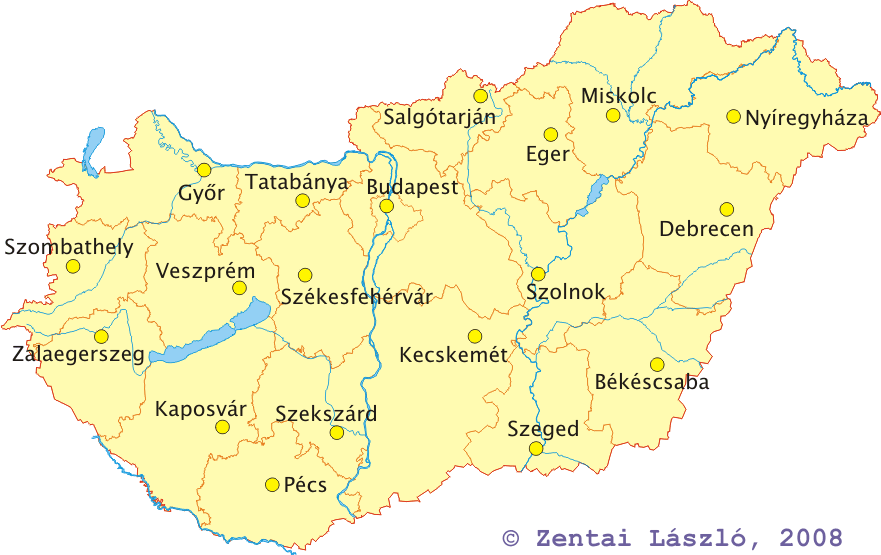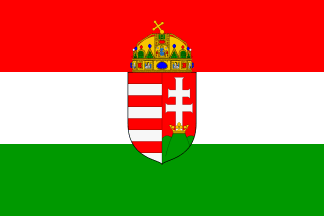Original Gods and Goddesses
Italian God and Goddess

Plutonia was one of the most famous goddesses of ancient Rome. She was once considered the goddess of all and dominated everything, including all other gods and goddesses. Then the other gods and goddesses got jealous of Plutonia and felt inferior to her. They chose to oust her of her goddess status stating she wasn’t qualified to be the goddess of all. She tried to stop them and reason with them but their greed was too strong. The other gods and goddesses ended up killing Plutonia and made a pact agreeing never to speak of her existence again.

Ecliptisis was the most mysterious god of ancient Rome. He was believed to have been responsible of all actions of all gods and goddesses. Ecliptisis watched their actions from an unknown galaxy. To let them know he disapproved of their actions he produced solar and lunar eclipses warning them that he had the power to end it all if he desired. The sign of approval from Ecliptisis would be spectacular meteor showers and the passing of comets. After the time of Plutonia’s murder, he was so angry Ecliptisis just gave up and left, disappearing forever. He dropped all of his responsibilities which included control of the gravitational pull in space. When he did this all the floating masses of rock collided with one another, which became known as the big bang theory, and the famous 9 planets were created.
Hungarian God and Goddess

Otterem was the son of God. He was an adventurous and curious little boy, always going on adventures from the moment he could crawl. He was always told by his father never to go to Earth. One day his father was very aggravated by something, although God wouldn’t reveal exactly what. Otterem wanted his father to go on an adventure with him but his father told him to leave him alone. Otterem thought God was angry at him and decided to run away. He disobeyed his father and ran to Earth. While roaming around the sky grew dark and the air seemed to be motionless. Otterem never saw anything like this in the 7th Heaven and was confused. Then all at once stones rained from the sky. Otterem tried to run and seek refuge but he was struck in the head by one and knocked out. Then arrows dropped out of the sky. One struck Otterem in the chest and pierced through his heart. These were the actions of Gods anger being taken out on Earth. Instead of dealing with his problems, he took them out on others, and this time killed his own son unintentionally.

Onalla is the first born, daughter of god. When it is known that she is female and reported to God, he is disappointed because he wanted a son to become the next powerful God of all. He pushes her away but her mother won’t allow total abandonment. She nourishes Onalla secretly until she is a teen. At this age, Onalla eventually learns her father is God, and she learns the truth of his disapproval. She organizes a plan of revolt and keeps it to herself. She says good bye to her mother and thanks her for everything. Onalla travels to Earth and lives the rest of her life disguised as a human. Here, she teachers others that God and Christianity is disrespectful to woman and they must separate themselves from it and become independent.














